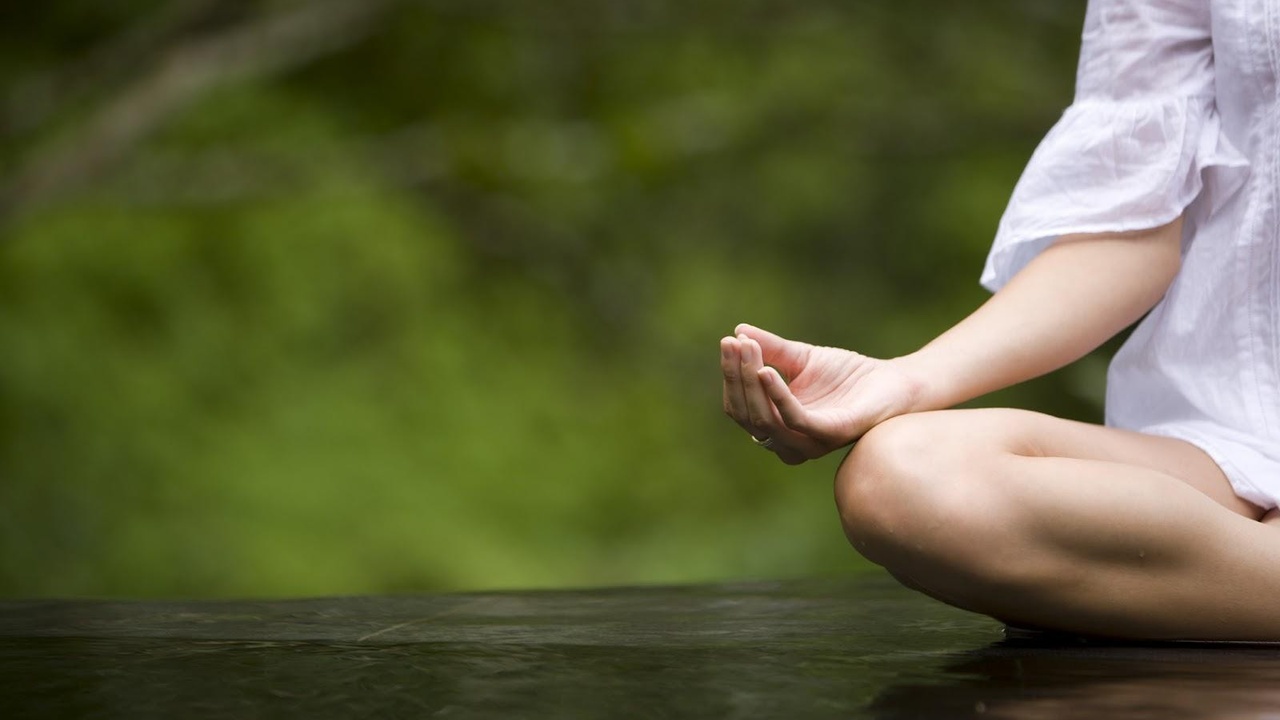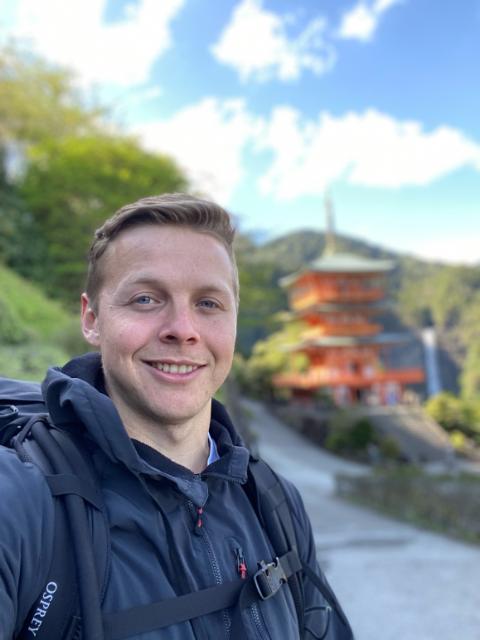The Conscious Collective Blog
The Conscious Collective Blog

Awareness of Breathing In & Out: A Meditation on Breath
“By working with our breath, we can bring more awareness to the present moment, and can make significant steps in the process of understanding and relaxing the mind.”
Breathing is essential to most forms of meditation practice, as the breath is something that is always happening in the present moment. Wherever our mind wanders, we can bring it back to the body with a single conscious breath.
It can be a bit intimidating (and for some utterly frightening) to embark upon the journey of looking within and observing our minds. Modern education gives us plenty of information to store in our minds, but it does not give us much information about the mind itself, or how to tame the mind. As a result, many people have gone their whole lives with little to no awareness of their minds or how they think. This leaves many in the position of having an overactive, restless, and untamed mind that seems to wander and move about wildly and chaotically.
Trying to tame this unruly mind is like trying to tame a wild elephant, and the task can seem discouraging for someone unskilled in the art of taming wild animals. The Buddha used this analogy for the mind, and said that to tame a wild elephant, you must tie it to a stake. In the same way, to tame the wild mind, you must tie it to the breath. The breath is our greatest friend and ally in controlling our mental states.
By working with our breath, we can bring more awareness to the present moment, and can make significant steps in the process of understanding and relaxing the mind.
One simple meditation practice taught by the Buddha in the Anapanasati Sutta is the practice of “Mindfulness of Breathing In and Out.” This practice is taught in quite an extensive manner, and to understand it fully as it is written in the Sutra requires some background of Buddhist teachings.
Here we will practice a modified and simplified version of the practice, and I encourage you to be creative with the practice and to make it your own.
To practice:
Sit in a comfortable position and take a few deep breaths.
As you inhale, state silently to yourself “Breathing in, I am aware that I am breathing in.”
As you exhale, state silently to yourself “Breathing out, I am aware that I am breathing out.”
Repeat this for several breaths, and gradually shorten the statements to the following:
As you inhale, state silently to yourself “Breathing in.”
As you exhale, state silently to yourself “Breathing out.”
Repeat this for several breaths, and gradually shorten the statements to the following:
As you inhale, state silently to yourself “In.”
As you exhale, state silently to yourself “Out.”
Repeat this for several breaths, then dissolve the words completely.
Simply be aware that you are breathing in, and aware that you are breathing out.
If you become distracted at any point, start from the beginning and say “Breathing in, I am aware that I am breathing in. Breathing out, I am aware that I am breathing out.”
Practice for as long as you’d like.
This simple practice holds the power of great transformation. Essentially, we are bringing awareness to the fact that we are breathing in the present moment, and using these statements to help us be more present.
You can also alter these statements if you’d like. When breathing, perhaps you can say “Breathing in, I am aware of this moment. Breathing out, I enjoy this moment.”
We can also adapt these statements to any situation to help us be more mindful. For example, when washing the dishes, we can say “Breathing in, I am aware that I am washing the dishes. Breathing out, I am grateful that I have dishes to wash.” When getting in our car we can say “Breathing in, I am aware that I am getting in my car. Breathing out, I am thankful that I have a car to drive.”
I encourage you to play with this tool in your daily life and to be creative. These simple statements, synchronized with our breath, help us to pause and check in with ourselves, acknowledging the reality of our present moment experience.
Far too often life passes us by. We spend much of our time lost in thought, distracted by our phones, or caught up in mental fantasies, and as a result, we miss out on what we are actually experiencing. These statements can help you enjoy your experience while you are experiencing it. When you are sharing time with family or friends, you can say to yourself, “Breathing in, I am aware that I am with my loved ones. Breathing out, I appreciate my loved ones.”
As simple as this practice is, it is a wonderful practice to aid you in bringing your attention to the moment. It is helpful before a meditation practice to get our minds in a more calm and relaxed state, it is helpful as its own meditation practice, and it is helpful after a meditation practice to help us live in a more mindful and meditative way.
If you’d like to learn more about meditation or how to start and maintain a regular meditation practice, our How to Meditate course is a great place to start.




